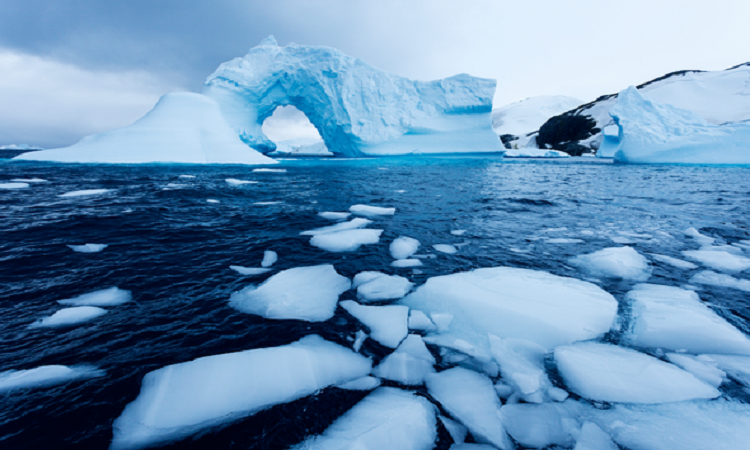For the first time, researchers have been able to reconstruct the oceanic mix of the distant past by taking advantage of climatic proxies contained in marine sediments. In particular, they stress the importance of considering changes in the tides to better understand those that have occurred in the oceans. The results were published in the journal Communications Earth & Environment on August 18.
The environment of the last glacial maximum, between -26,000 years and -19,000 years, was very different from ours in many ways. The Earth’s average temperature was 4 ° C to 6 ° C cooler, sea level was 120 m lower, and huge ice caps covered North America and Europe. The atmospheric concentration of carbon dioxide (CO2) had dropped to some 180 ppm (from 420 ppm today) and the tundra extended into France.
Greater ocean mixing than expected
These few examples, far from exhaustive, paint a picture of a profoundly redesigned environment. However, according to new work published by a team of American-British researchers, the tides and the oceanic mixing they cause also undergo structural modulations during the Ice Age. This characteristic, little studied so far, allows us to better understand the properties of the ocean during these cold phases.
Indeed, various studies have explained that the low atmospheric CO2 concentration is in part the result of reduced mixing (or mixing) between the upper ocean and the deep ocean, leading to significant carbon storage in the latter. However, this new study shows on the contrary that due to an amplification of the tides and their interaction with the underwater relief, the dissipated turbulent energy, and therefore the oceanic mixing, has increased, especially in the Atlantic. This is explained by the sea level lower by a hundred meters with a redefinition of the coastline in many places.
The importance of considering the tides in studying the past climate
“So this implies that the reduction in the vertical mixing of the Atlantic may not have been the mechanism for increasing carbon storage, but rather that carbon storage was increased, despite a more vigorous vertical mixing” , note the authors as such. These conclusions required an analysis of the carbon isotopes contained in marine sediment samples and their cross-checking with a set of numerical simulations to reconstruct a coherent image of the oceanic environment.
“These results are really exciting because they provide evidence that the tides and associated mixing were different from today during the Last Ice Maximum,” said Sophie-Berenice Wilmes, lead author of the study. “Tidal-induced ocean mixing is a major source of energy for the global ocean circulation and is therefore important for the climate. This means that studies of the past climate must take into account changes in the tides ”.




